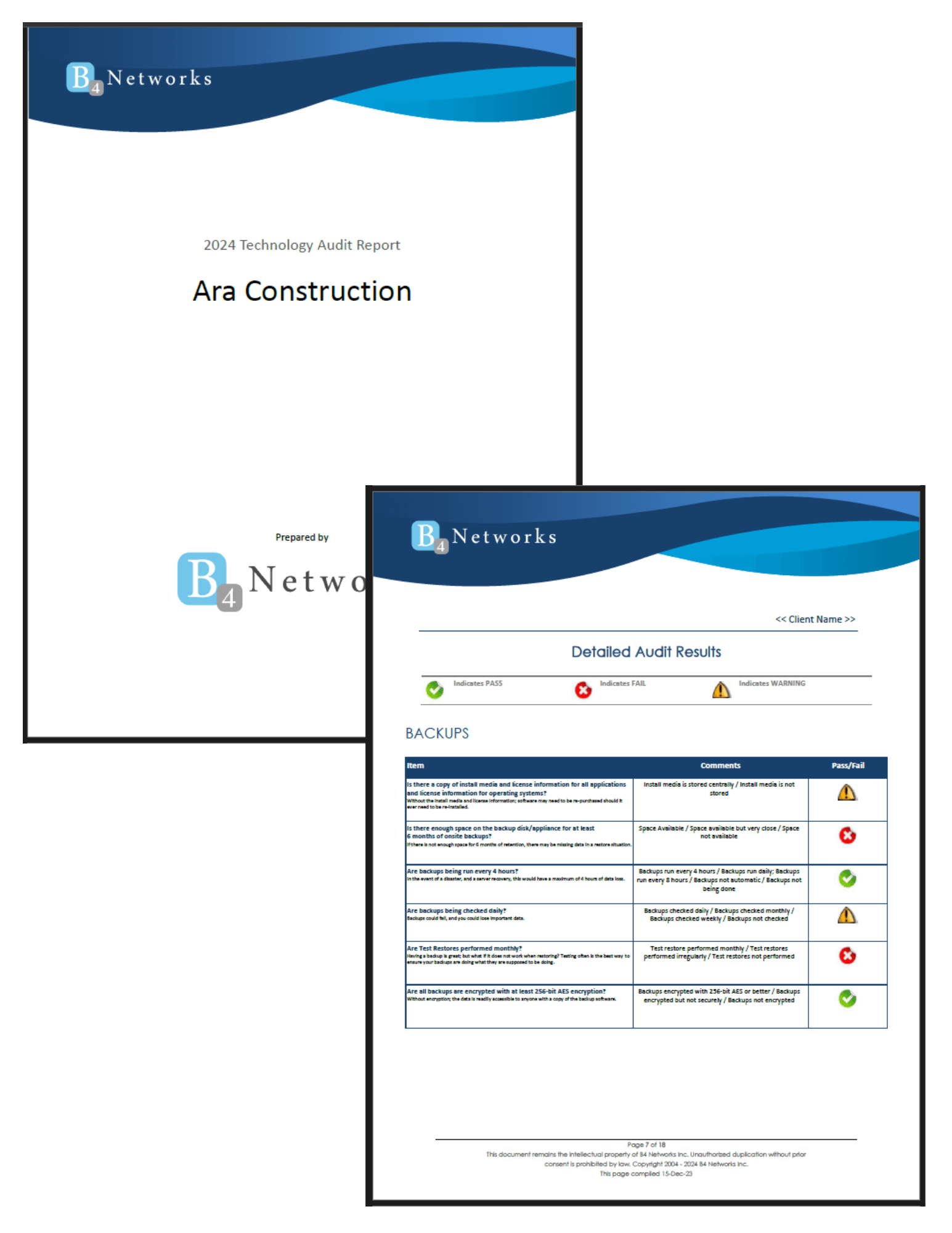 Did you know your digital footprint could haunt you long after you’ve forgotten about it? Just like a ghostly figure lingering in the shadows, every online interaction leaves a trace—and some of those traces can come back to haunt you years later.
Did you know your digital footprint could haunt you long after you’ve forgotten about it? Just like a ghostly figure lingering in the shadows, every online interaction leaves a trace—and some of those traces can come back to haunt you years later.
In a recent breach dubbed "The Mother of All Breaches," more than 26 billion user records were unearthed—yes, billion with a “B.” This massive breach collected data from over 3,800 smaller breaches, affecting companies like LinkedIn, Dropbox, Twitter, Adobe, and more. Shockingly, some of this data had been compromised in prior breaches, while other information had never seen the light of day until now.
So, how does this happen? When data is leaked, cybercriminals don’t always use it immediately. Instead, they often hold onto it, accumulating more stolen information over time. This practice, known as data repackaging, combines older breached data with new data, making it even more dangerous. Think of it as a lingering spirit that refuses to move on—data that should be long gone continues to cause harm.
One particularly chilling result of these lingering breaches is something called credential stuffing. This is when cybercriminals use previously leaked usernames and passwords to try to log into other accounts. With the average person having over 100 online accounts, many users are guilty of reusing passwords across different platforms. Criminals know this, and they hope a password stolen from one account might unlock access to several others.
It’s enough to send shivers down your spine! But don’t panic—if you discover your information has been compromised in a breach, there are steps you can take to protect yourself from these digital ghosts.
1. Change Your Passwords—Now
If you’re reusing passwords across multiple accounts, the first step is to change them immediately. Make sure each account has a strong, unique password. You can also use a password manager to create and store them securely.
2. Enable Multi-Factor Authentication (MFA)
MFA adds an extra layer of security to your accounts. By requiring an additional verification step, you make it harder for cybercriminals to break in, even if they have your password.
3. Use Dark Web Monitoring Tools
A dark web monitoring tool can alert you if your personal information is floating around in the shadowy corners of the internet. This allows you to take swift action if your accounts have been compromised.
Even if your data hasn’t been exposed in the past, staying vigilant with good cybersecurity practices can help keep those digital ghosts at bay. By taking these steps, you can minimize the risk and protect yourself from the lingering effects of old data breaches. After all, just because your data was leaked once doesn’t mean it has to haunt you forever.
If you do not currently have an IT provider or would like a second opinion on your network security, please don’t hesitate to reach out to our team. We are here to serve you in the Niagara Region and Simcoe County, 24/7/365.
Niagara: 905-228-4809
Barrie: 705-885-0993
Email: help@b4networks.ca



